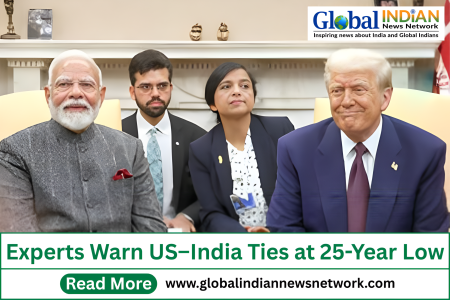
India’s portion of the US apparel market increased from 4% in 2013 to 5.8% by 2023, according to a report from the US International Trade Commission (USITC). This growth reflects a broader shift in the global market, where countries like Bangladesh, India, Indonesia, Cambodia, and Pakistan have gained significant ground as China’s share in US apparel imports fell dramatically. Despite this shift, China remains the largest exporter, holding 21% of the US market.
The report highlights that these five Asian countries collectively accounted for 27% of US apparel imports in 2023. India, in particular, has emerged as a more reliable and competitive partner for US buyers, who are diversifying away from China. India is now the leading apparel exporter to the US, with $4.6 billion in sales, representing 32% of its global $14.5 billion apparel export total for 2023.
One of the key drivers of this trend is India’s political stability, which has become a significant consideration for US brands and retailers when selecting new suppliers. With guaranteed production timelines and reduced risks from political unrest, India is increasingly seen as an attractive option for high-value and fashion items. However, despite its rising appeal, India faces challenges in attracting new buyers, with some citing higher costs compared to other Asian markets.
India’s strong compliance standards and growing sustainability efforts have helped boost its competitiveness in recent years. Still, it remains a more expensive sourcing destination compared to neighboring countries. Additionally, some US retailers have voiced concerns about the long transit times for goods shipped from India.
Another advantage India holds is its complete supply chain, producing everything from fiber to accessories. This vertical integration allows India to offer a more reliable and cost-effective option for buyers looking to streamline their supply chains and minimize risks.
Meanwhile, Bangladesh continues to be a strong player, ranked as the second-largest apparel exporter. The country’s cost-effective labor and favorable export policies further enhance its competitiveness in the global market, despite some internal challenges related to worker rights and stability.












